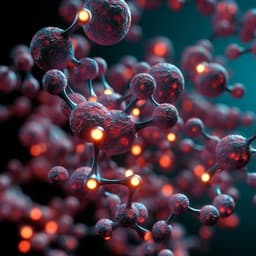
Engineering and Technology
Self-healable polymer complex with a giant ionic thermoelectric effect
D. Kim, Z. A. Akbar, et al.
Discover an innovative stretchable and self-healable polymer, PEDOT:PAAMPSA:PA, with impressive ionic thermoelectric performance. Achieving an ionic figure-of-merit of 12.3, this research by Dong-Hu Kim, Zico Alaia Akbar, Yoga Trianzar Malik, Ju-Won Jeon, and Sung-Yeon Jang highlights the potential for sustainable self-powering sources using ITEC modules.
Playback language: English
Related Publications
Explore these studies to deepen your understanding of the subject.







